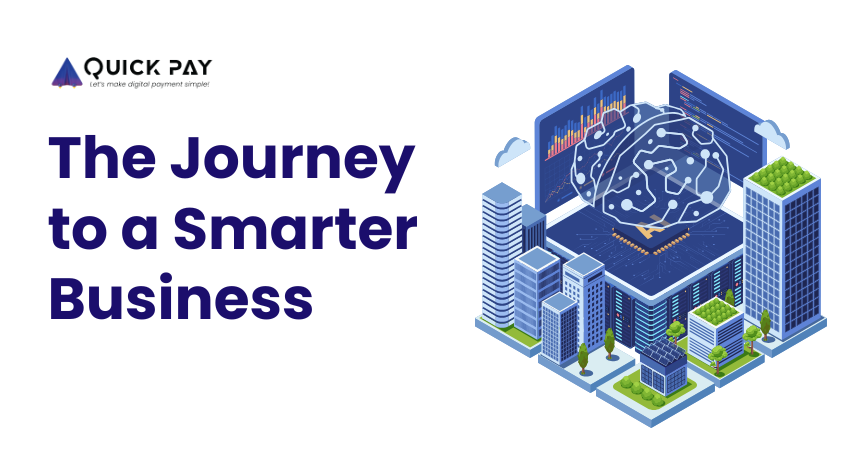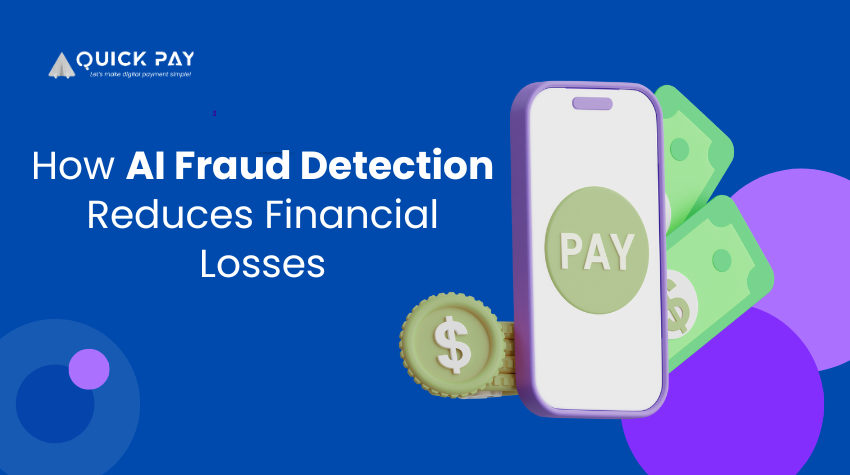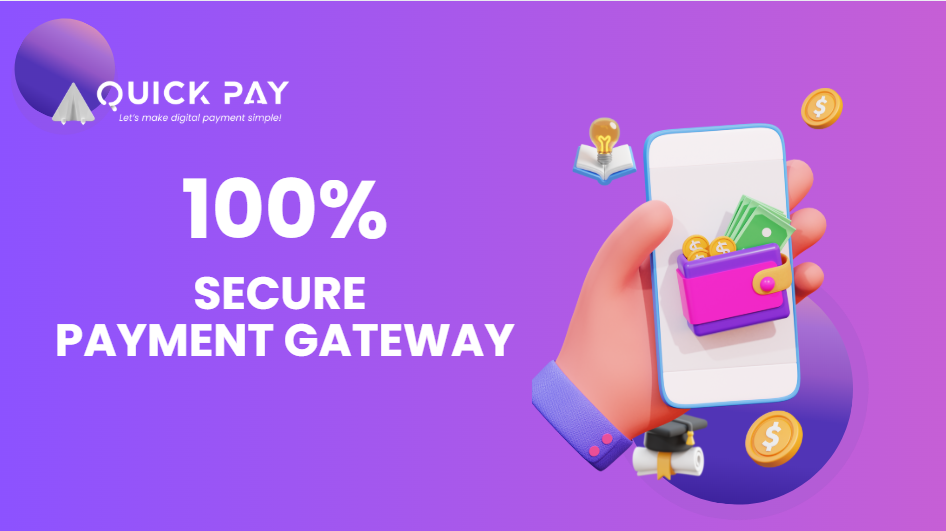The Journey to a Smarter Business: Choosing Your Financial Partner
Once upon a time, not so long ago, a small business was like a lone adventurer in a vast, wild jungle. Every day was a fight to survive, a scramble for resources, and a constant worry about the future. One of the biggest challenges? Getting paid. It wasn't about the skill or the quality of the work; it was about the complex, confusing, and often slow process of turning a service or product into real, spendable money. This is a story many small business owners in India know all too well.
They'd often start with the simplest tools they could find. A basic bank transfer here, a cash-on-delivery order there. But as their small venture grew from a sapling into a strong tree, they realized they needed more than just a way to get paid. They needed a partner, a guide to navigate the treacherous digital world. They needed a payment gateway.
But which one? The digital market looked like a crowded bazaar, filled with vendors shouting about low prices and incredible features. How do you find the one that's not just the cheapest, but the one that truly fits your unique business? The answer, as many discovered, isn't found in a simple spreadsheet. It's found by asking the right questions and looking beyond the surface.
The Indian Digital Jungle: Why Local Knowledge Matters
Imagine you're a traveler in a new country. You'd want a guide who speaks the local language, knows the customs, and can show you the best-hidden gems, right? It's the same with the Indian digital payments ecosystem. It's a vibrant, fast-moving world, unlike any other. It's not dominated by a few global giants. Instead, it's a dynamic landscape shaped by local innovations, like the revolutionary Unified Payments Interface (UPI).
Many homegrown financial technology companies have emerged, building their platforms from the ground up to serve the specific needs of Indian businesses and their customers. These local experts are better equipped to handle the wide variety of payment methods that customers here prefer-from UPI and local bank transfers to a huge array of digital wallets. This deep integration means a smoother, more familiar checkout experience for your customers. It's the difference between a clumsy translation and a fluent conversation.
A great financial partner is also deeply integrated with the local regulatory framework. The Reserve Bank of India (RBI) has strict rules about how money is handled, and there are global security standards, like the one for securely handling card data. As a small business, trying to understand and follow all these rules yourself is like trying to build a spaceship from scratch. It's a huge burden of time, money, and expertise you just don't have. By choosing a highly compliant gateway, you're essentially offloading this massive responsibility. This is a crucial strategic move that protects your business from devastating data breaches and crippling fines.
The Three Pillars of a Smart Choice: Beyond the Price Tag
When our fictional adventurer finally decided to choose a payment gateway, they realized it wasn't a single decision but an evaluation based on three key pillars: cost, efficiency, and security.
1. The Real Cost: More Than Just a Percentage
The first thing everyone looks at is the cost. Most payment providers will quote you a Merchant Discount Rate (MDR), a percentage of each transaction they take. It seems simple, but it's often a mirage. The real cost is hidden in the details.
For example, a provider might charge a certain percentage for credit card payments but a much lower, or even zero, fee for UPI and specific debit cards. If your customer base is full of young tech-savvy people who pay mostly with UPI, then a gateway with a low or zero-fee for those transactions is a game-changer. The initial quoted percentage suddenly becomes irrelevant.
Our adventurer discovered that some platforms also offer what looks like a "free" service, with no setup or monthly fees. This can be a great way to start with zero fixed costs, but it's a classic case of getting what you pay for. The cost is often hidden in a much higher per-transaction fee. What seems free can quickly become very expensive as your business grows. This is why a transparent pricing model, like the one offered by usequickpay, is so valuable. It lets you predict your costs and scale without unexpected price hikes.
2. The Power of Efficiency: Your Operational Partner
A payment gateway is no longer just a digital cash register. It's an operational partner that helps you run your business more smoothly. For our adventurer, who was a one-person show, having a robust set of tools was a lifesaver.
-
No-Code Tools: When you don't have a website or an app, solutions like Payment Links and Payment Pages are invaluable. Imagine creating a simple, professional payment link in minutes and sending it to a customer via email or a chat app. No coding, no hassle. This low-entry barrier is a significant advantage for businesses in their initial stages.
-
Recurring Payments: For businesses based on subscriptions-like a monthly fitness class or a weekly delivery service-the ability to handle recurring payments is a core requirement. A good gateway handles the automated billing, retries failed payments, and manages flexible plans. This feature is not a luxury; it's essential for a predictable revenue stream and for reducing the headache of chasing customers for payment every month.
-
A Full-Stack Financial Platform: The best payment gateways today are evolving into comprehensive financial ecosystems. They don't just process payments; they offer tools for business banking, automated payouts to vendors, and managing payroll. This holistic approach means you can grow with a single partner, avoiding the costly and disruptive process of migrating to a new platform later on.
3. The Shield of Security: Protecting Your Hard Work
The reputation of your business is built on trust, and nothing erodes that trust faster than a security breach. A payment gateway is your first and most important line of defense. The top contenders are all heavily invested in security measures that go beyond basic compliance.
-
Advanced Fraud Detection: Modern fraud detection has moved from being reactive to proactive. It's not about catching a thief after they've stolen something; it's about having a security guard who can spot a suspicious person before they even enter the building. A great platform uses artificial intelligence and machine learning to analyze a million data points in real-time, blocking fraudulent transactions before they harm you or your customers.
-
Enhanced Authentication: Tools that support enhanced security protocols, like the 3D Secure 2.0 protocol, add an extra layer of protection. This feature allows for "frictionless authentication" for low-risk transactions and a "challenge flow" for higher-risk ones. This improves both security and the customer experience, making sure legitimate customers can check out easily while suspicious activity is flagged.
-
Grievance Redressal: Even with the best technology, disputes and chargebacks are inevitable. A robust support system and a clear, multi-level escalation matrix are critical. It's a safety net that protects your small business from financial and reputational damage.
The Blueprint for a Successful Setup
So, how does a small business owner in India choose and set up a payment gateway? It's a simple, step-by-step process.
Step 1: Preparation. Before you even sign up, gather all your necessary documents. This usually includes your business PAN card, GST certificate, a canceled check or bank statement, and ID proof for the authorized person. Having these ready will make the process much faster.
Step 2: Onboarding. The onboarding process with a modern platform like usequickpay is completely digital and can be completed in minutes. Many businesses can even start accepting payments within 24 hours.
Step 3: Integration and Testing. Once your account is active, you can use the provider's sandbox environment to test everything. This is a safe space where you can make test transactions to ensure your website or app is correctly connected and the payment process, including success and failure states, works perfectly before you go live.
Step 4: Launch. After successful testing, you switch to the live environment, configure your website, and you're ready to start collecting payments.
Beyond the Setup: Best Practices for Long-Term Success
Simply choosing and setting up a gateway isn't the end of the journey. To truly succeed, you must adopt a few proactive measures.
-
Don't Put All Your Eggs in One Basket: The digital world is full of unpredictable issues. Even the most reliable payment gateways can experience a rare downtime or an unexpected issue. To mitigate this risk, it's a smart move to have a backup plan or even a multi-gateway strategy. Having a secondary gateway for backup ensures business continuity.
-
Use Your Data: Your payment gateway's dashboard is more than just a reporting tool. It's a strategic asset. By analyzing your transaction reports, you can gain insights into how your customers prefer to pay. Are they using UPI? Net banking? Credit cards? This data can inform your marketing strategy and help you optimize your checkout process for higher conversions.
-
Prioritize Support: A robust customer support system is not a luxury; it's a necessity. In a world with a high volume of transactions, disputes are inevitable. A provider with a clear grievance redressal policy and a well-defined escalation process, like the one offered by usequickpay, is crucial.
In the end, our fictional adventurer didn't just find a payment gateway; they found a true partner. A partner that helped them navigate the complexities of the digital world, protect their hard-earned money, and focus on what they do best: building their business. The right choice of a financial platform is the single most important decision that allows a small business to evolve from a lone adventurer into a thriving, well-protected enterprise.
Frequently Asked Questions
Q: Is it safe to store my customer's card data on my own servers?
A: Absolutely not. It is a major security risk and a violation of global compliance standards. The best and safest approach is to partner with a compliant payment gateway that uses tokenization to handle and store sensitive card data on their secure servers, not yours.
Q: What is a Merchant Discount Rate (MDR) and is it the only cost I should consider?
A: The MDR is the fee the payment gateway charges for each transaction. However, it's not the only cost. You should also consider potential setup fees, annual maintenance fees, and different rates for various payment methods. A transparent pricing model with no hidden charges, like the one from usequickpay, is ideal.
Q: How long does it take to start accepting payments after signing up?
A: With a modern, digital-first platform, the onboarding process is very fast. You can typically go live and start accepting payments within 24 to 48 hours of submitting your documents.
Q: My business is very small and doesn't have a website. Do I still need a payment gateway?
A: Yes! A modern gateway offers no-code tools like Payment Links and Payment Pages that allow you to collect payments through various channels like email, SMS, or social media, with no website required. This is an excellent way for freelancers and solo entrepreneurs to get started.
















